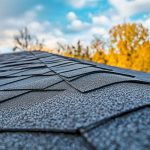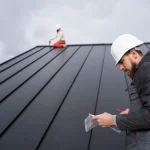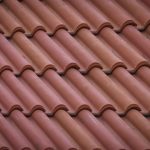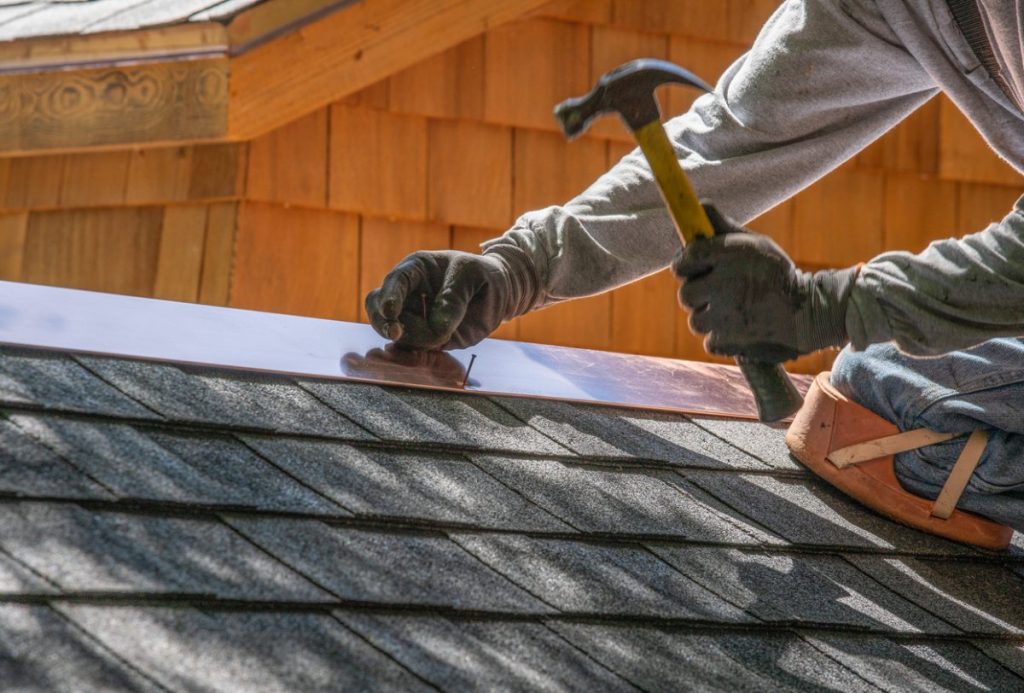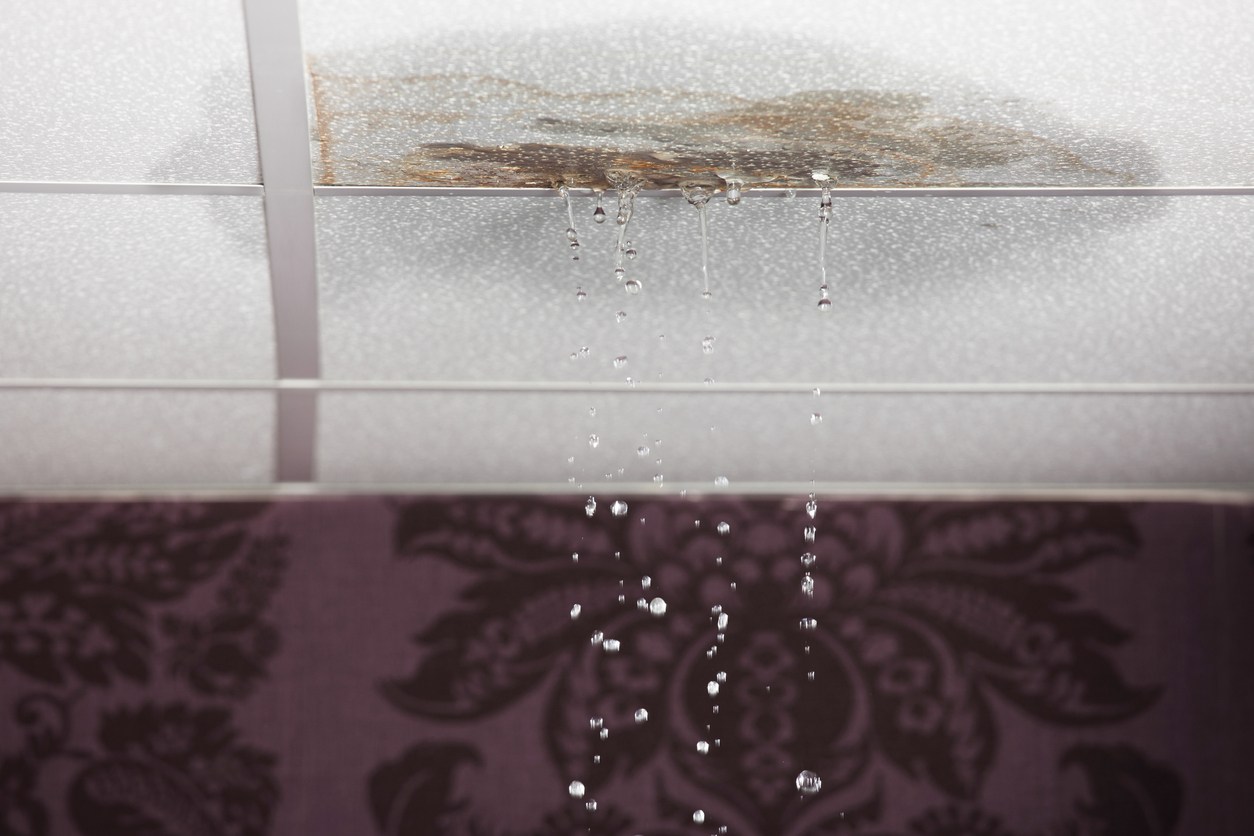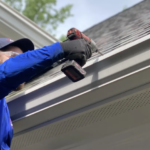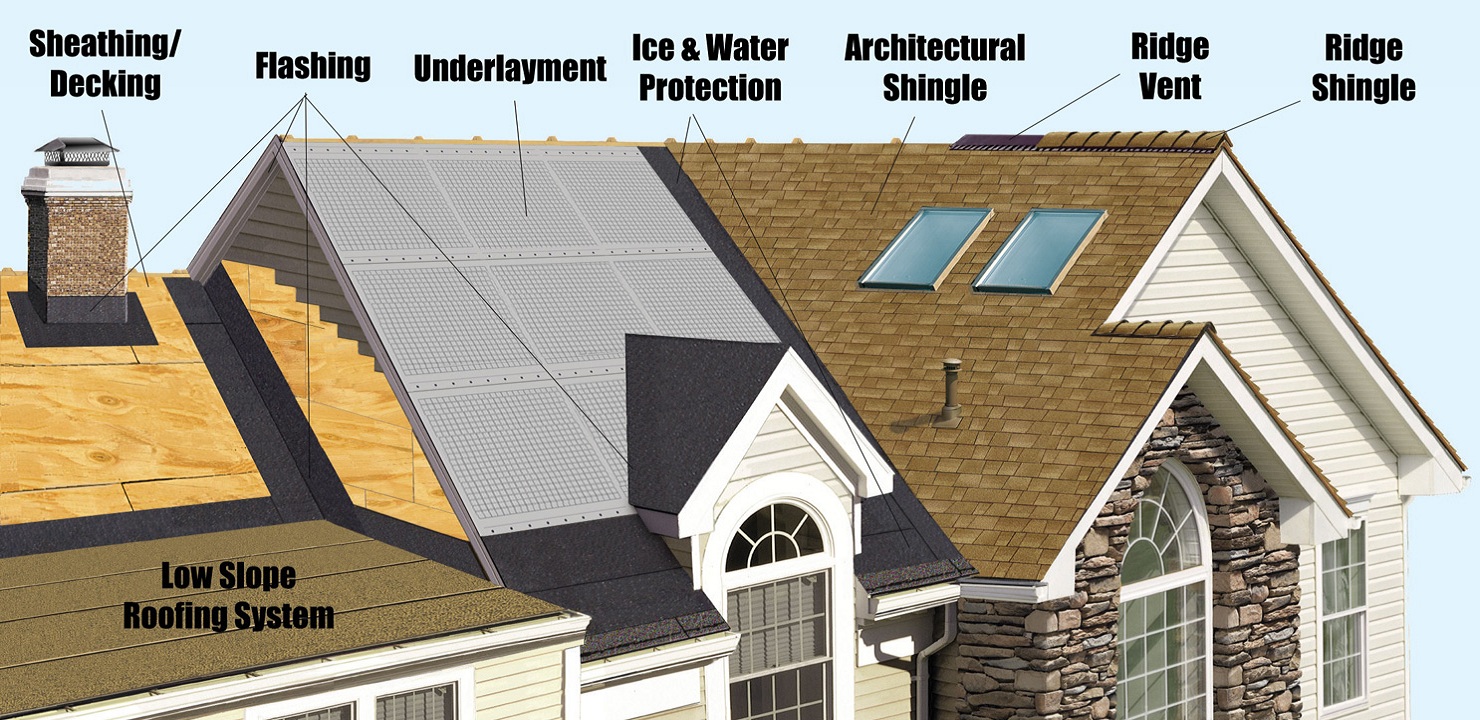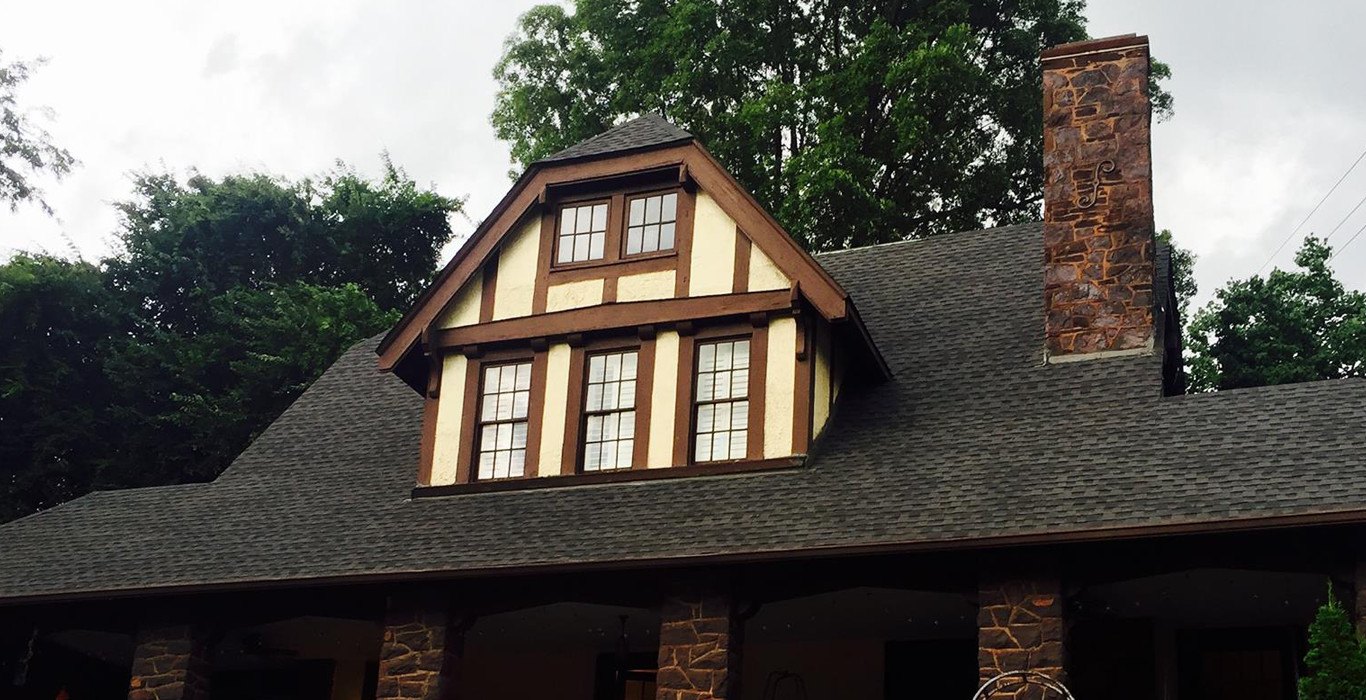A roof protects the interior, the walls, and the overall structure of a home. Roofs take on harsh sun, strong winds, and frequent precipitation while still keeping you and your family safe.
During a hurricane, the roof of your house bears the major force of the storm. A roof that is not structurally sound could face severe damage during hurricane season. In this article, we look at the ways that hurricanes affect roofs and how you can make sure yours will hold up when the storm hits.
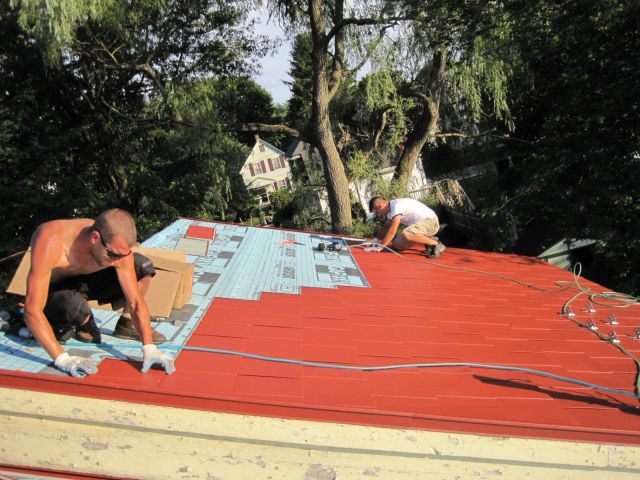
Strong winds tear at shingles
Most roofs in the United States utilize asphalt shingles because they are economical and easy to install. During a hurricane, winds can reach speeds over 155 mph. Any loose or torn shingles can easily become detached.
When shingles are torn from the roof, moisture can seep into the structure of the home. Water damage is a major concern, particularly around the structure of your roof and into your attic.
Be prepared: Inspect your roof before hurricane season
Make sure your roof is structurally sound with an inspection before hurricane season begins and after each storm. You can hire a professional or do the job yourself, but you’ll want to check that shingles aren’t torn, curled, or missing. Shingles should be laying flat and each one should be secure.
Loose shingles can be secured with roofing nails. You can also apply roofing cement to the edges of shingles to help them be more resistant to high winds.
Heavy rains seep into weak spots
Heavy rains during a hurricane can seep into your home through any cracks or crevices that haven’t been covered. Water damage and moisture buildup can cause rotting or mold and affect the structure of your home.
Water damage isn’t always immediately apparent, especially if you aren’t looking for it. Over time, water damage can lead to serious health and safety concerns, so homeowners should prioritize roof leaks over all other repairs.
Be prepared: Be on the lookout for holes and gaps before the storm hits
If your region often experiences severe weather, then it is crucial that you inspect your house at least annually for potential problem areas. One easy way to look for potential holes or cracks is to inspect your roof from the attic. When standing in the attic, lookout for any light that comes through from the roof, as that may be an indication of a structure issue or missing materials.
Always examine that attic ceiling and walls for signs of water leaks or damage. Roofs don’t last forever, so the damage could be a sign that it is time for a roof replacement. If your roof is relatively new, then you might have some repair work to do.
Roofing work can’t be tackled by the average homeowner. Consult a professional when you are in need of a roof inspection. Repairing minor issues as they arise will save you money in the long run by ensuring that your roof is functional and sound. Keep in mind that roof typically only last 15-20 years, so you will likely see a roof replacement if you own your home for an extended amount of time.

I’m Carrie Phillips. I love to share my tips and tricks for home improvement, as well as provide ideas for how you can transform your space with DIY projects.



